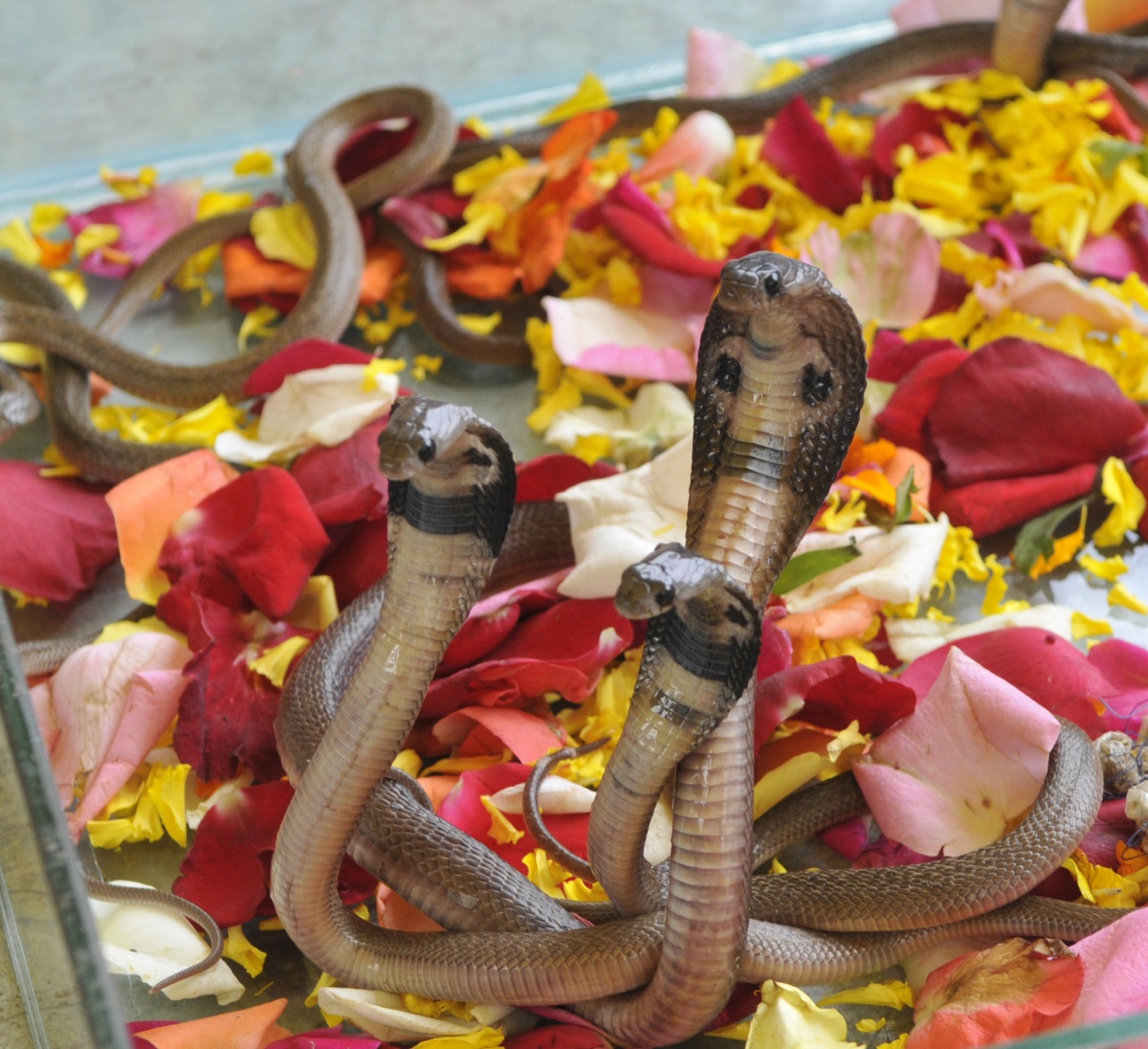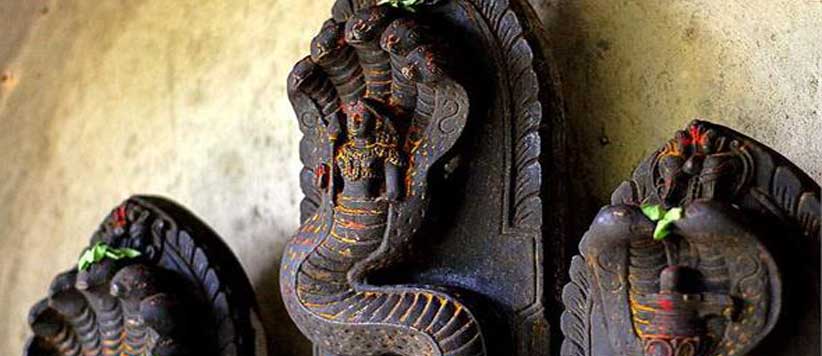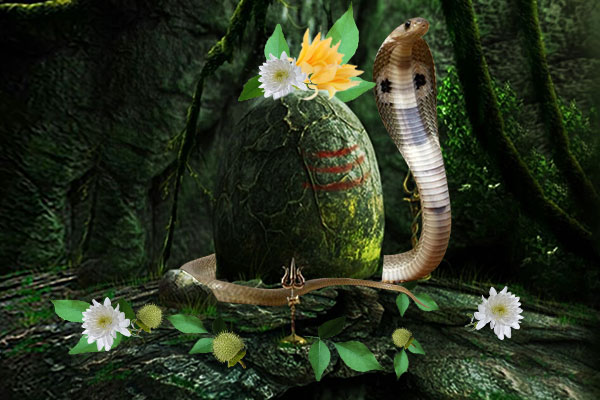Nag Panchami, celebrated in the holy month of Shravan, is a day dedicated to the worship of serpents—creatures seen in India as divine guardians and symbols of fertility and protection. This year, the festival falls on July 29, marking the fifth day (Panchami) of the waxing moon phase.
Why Snakes Are Worshipped

In Hindu tradition, snakes (nagas) are more than animals; they are cosmic figures deeply woven into mythology. Lord Shiva is depicted with serpents coiled around his neck, while Lord Vishnu rests on Shesha Naga in the ocean of existence. Vasuki played a central role in the Samudra Manthan, and the tale of Krishna subduing Kaliya, the venomous serpent of Yamuna, remains a cornerstone of Nag Panchami prayers—symbolizing the triumph of good over evil.
Worshipping snakes also reflects ecological wisdom: snakes help maintain balance in ecosystems by controlling pests and preserving soil health, making reverence for them both spiritual and practical.
How Nag Panchami Is Celebrated
-
Ritual Offerings: Homes are cleaned and decorated, with snake images drawn using turmeric, sandalwood, and vermillion. Milk, honey, flowers, and sweets are offered to idols made of silver, clay, or Pancha Loha, and in rural areas, even to live snakes near anthills.
-
Fasting and Food: Devotees prepare traditional dishes such as kheer, pua, and patholi (steamed rice rolls in turmeric leaves) while observing fasts.
-
Stories and Worship: Priests recite mantras and narrate legends of sages like Astika, who halted serpent destruction, emphasizing Nag Panchami’s role in promoting harmony between humans and nature.
Regional Variations
-
Maharashtra: Women draw snake motifs on walls and cook patholi.
-
West Bengal: The day honours Manasa Devi, goddess of snakes and fertility.
-
Bihar & Uttar Pradesh: Temples brim with offerings of milk, bananas, and incense.
-
Punjab: Celebrated as Guga Naumi, linked to a folk hero who protects against snake bites.
-
Tharu Tribes (Terai): Called Lakhpance, blending indigenous traditions with Hindu rituals.
Temples of Naga Devta

-
Nagchandreshwar Temple, Ujjain: Opens only on Nag Panchami, featuring Lord Shiva seated on a multi-headed serpent.
-
Mannarasala Temple, Kerala: Known for thousands of serpent idols, maintained by women priestesses.
-
Arulmigu Nagaraja Temple, Tamil Nadu: Famous for its bleeding soil said to heal skin ailments.
-
Bhujanga Nag Temple, Maharashtra: Hosts fairs with snake charmers, offerings, and vibrant processions.
Observances and Taboos
Devotees avoid ploughing fields, cutting trees, or harming snakes. The day is observed with sattvic food, abstaining from fried, salty items, meat, or alcohol. These practices reinforce the festival’s ecological and spiritual undertones.
Nag Panchami thus intertwines mythology, ecology, and devotion—transforming anthills into temples, kitchens into ritual spaces, and serpents into sacred protectors, reaffirming India’s enduring pact with nature.








